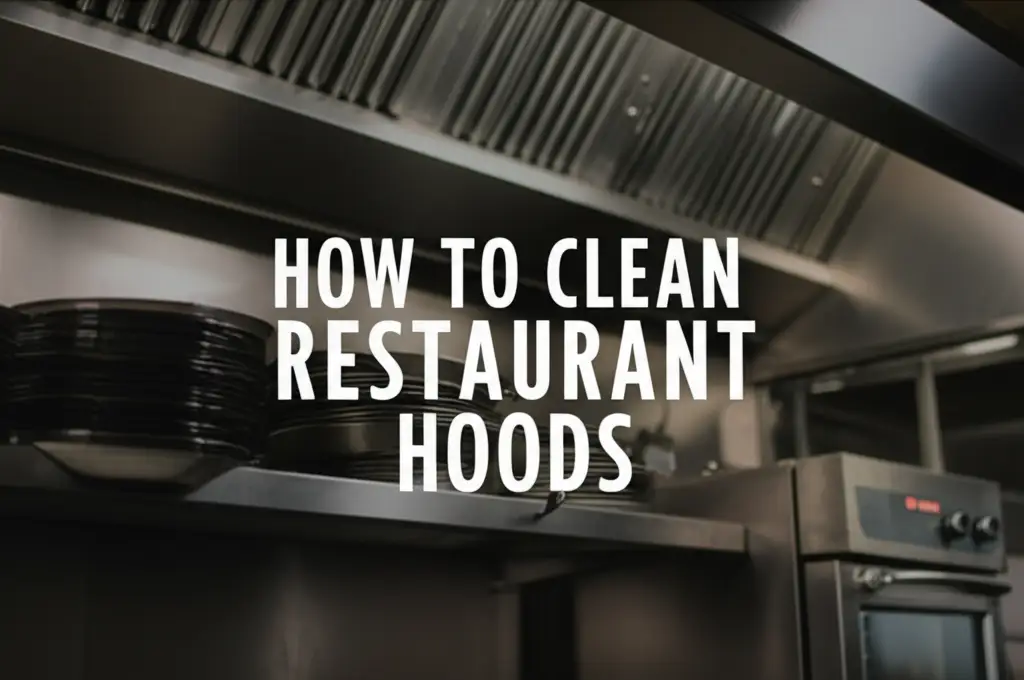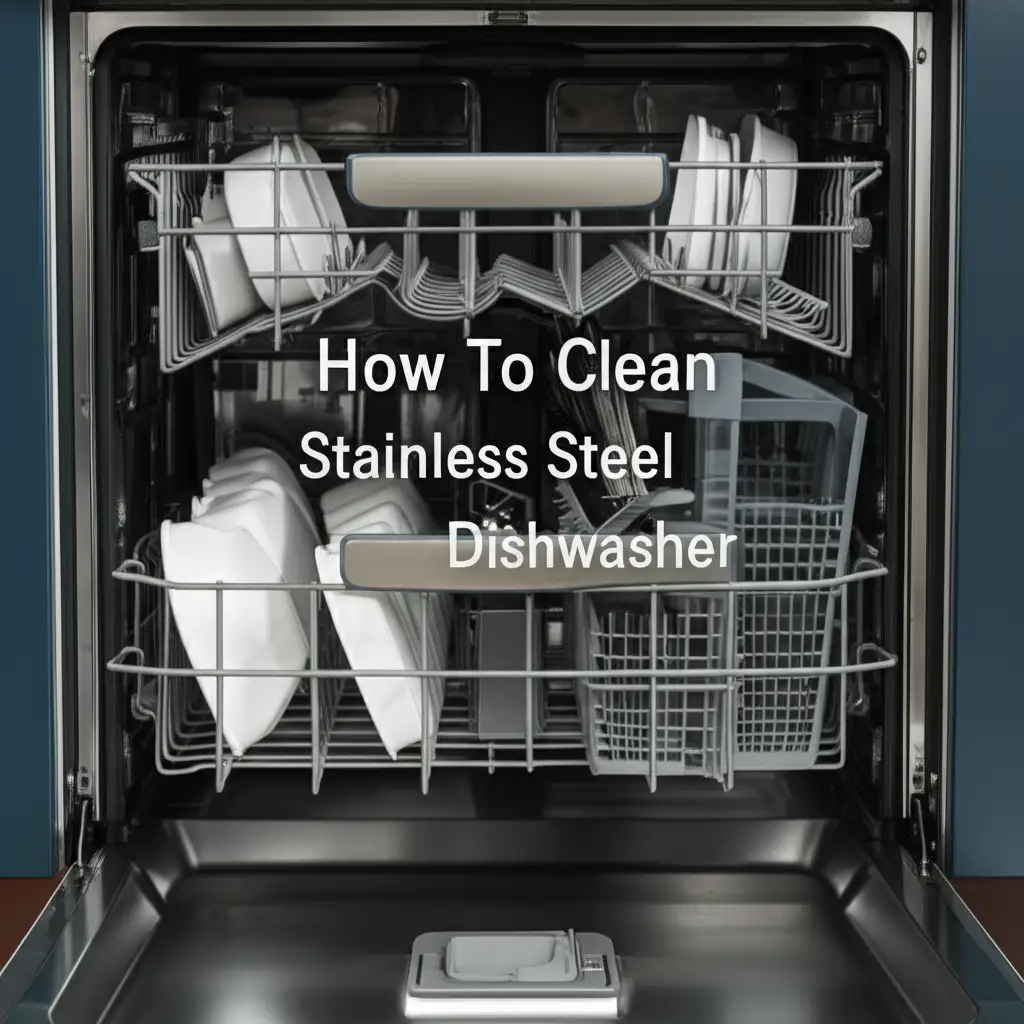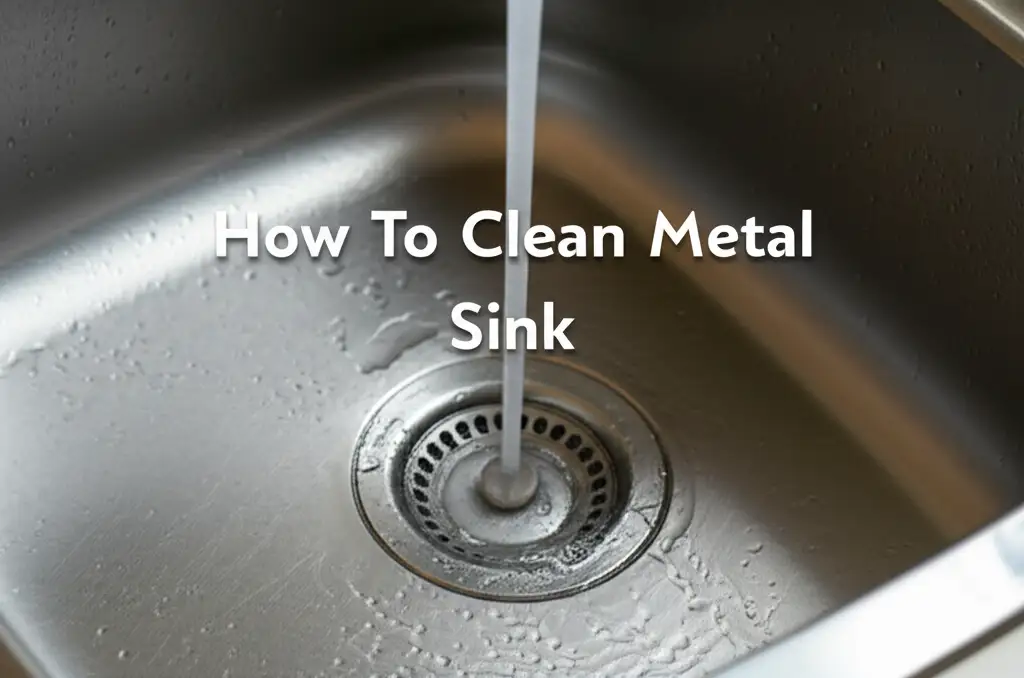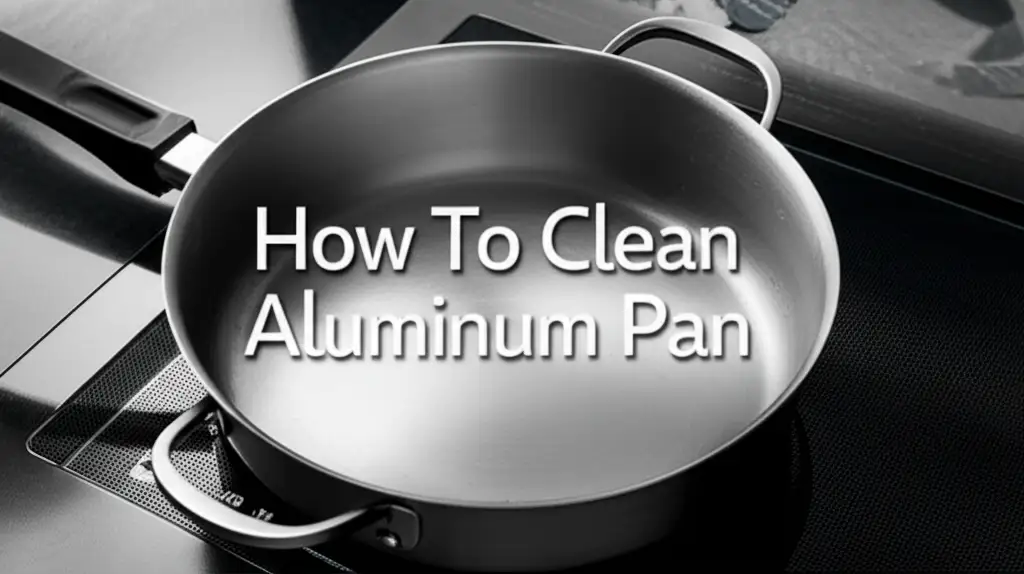· Commercial Kitchen Cleaning · 14 min read
How To Clean A Commercial Griddle

How to Clean a Commercial Griddle: Complete Guide for Food Service Professionals
The most effective way to clean a commercial griddle is to scrape excess food debris while the surface is still warm, apply an appropriate cleaning solution based on your griddle type, scrub with the correct tool (scraper, grill brick, or scrubbing pad), rinse thoroughly, and properly season the cooking surface afterward.
Key Takeaways:
- Daily cleaning is essential for maintaining commercial griddle performance and food safety
- Different cleaning methods exist for various griddle types and levels of soil
- Chemical-free cleaning options include ice, vinegar, and water methods
- Regular maintenance prevents rust, carbon buildup, and extends equipment lifespan
- Proper seasoning after cleaning improves non-stick properties and cooking results
In any busy commercial kitchen, the griddle is often the hardest-working piece of equipment. From breakfast rushes with pancakes and eggs to lunch and dinner service with burgers and steaks, these flat cooking surfaces handle a tremendous volume of food day after day.
However, a dirty griddle not only compromises food quality and safety but can also significantly reduce the equipment’s lifespan. That’s why knowing how to clean a commercial griddle properly is an essential skill for any food service professional.
Whether you’re dealing with stuck-on food, stubborn grease, carbon buildup, or even rust, this comprehensive guide will walk you through the most effective cleaning methods for different types of commercial griddles.
We’ll cover daily cleaning routines, deep cleaning procedures, chemical and chemical-free approaches, and provide expert tips to maintain your griddle in peak condition.
By following these professional techniques, you’ll ensure your commercial griddle continues to perform efficiently while producing consistently excellent food for your customers.
Understanding Different Types of Commercial Griddles
Before diving into cleaning methods, it’s important to understand what type of commercial griddle you’re working with, as cleaning procedures can vary based on the material and design.
Chrome-Plated Griddles
Chrome-plated griddles feature a smooth, highly polished cooking surface that’s less porous than standard steel. These premium surfaces require gentler cleaning methods to avoid scratching the chrome layer.
Benefits:
- Less food sticking during cooking
- Lower heat radiation, creating a cooler kitchen environment
- Quicker heat recovery when adding cold food
- Typically easier to clean than standard steel
Cleaning Considerations:
- Never use abrasive materials like grill bricks
- Avoid harsh chemicals that can damage the chrome finish
- Requires specialized chrome griddle cleaners
Steel Griddles
Steel griddles (sometimes called flat top grills) are the most common type found in commercial kitchens. They’re durable, relatively inexpensive, and can withstand more aggressive cleaning methods.
Benefits:
- Highly durable and can handle higher heat
- More affordable than chrome options
- Can be cleaned with a wider range of methods and tools
Cleaning Considerations:
- Develops a natural seasoning over time
- Can be cleaned with grill bricks and more abrasive tools
- More prone to rust if not properly maintained
Other Variations
Some commercial kitchens may have specialized griddles including:
- Cast iron griddles (requires specific seasoning procedures)
- Non-stick coated griddles (requires gentle cleaning similar to chrome)
- Grooved griddles (requires special attention to the grooves)
Understanding your specific griddle type is the first step in determining the best cleaning approach. If you’re unsure, consult your equipment manual or contact the manufacturer.
Daily Cleaning Routine for Commercial Griddles
Daily cleaning is essential for maintaining food safety and griddle performance. This routine should be performed at least once daily, typically at the end of service.
Step 1: Safety First
Before beginning any cleaning procedure:
- Turn off the griddle and allow it to cool to a warm temperature (around 150°F/65°C)
- Never clean a completely cold griddle as this makes grease removal more difficult
- Similarly, never clean an extremely hot griddle as this creates safety hazards
- Ensure you have appropriate heat-resistant gloves if needed
Step 2: Scrape Off Debris
Once your griddle has cooled to a warm temperature:
- Use a griddle scraper with a straight edge (metal for steel griddles, plastic for chrome griddles)
- Working from back to front, push all food particles and grease into the grease trap
- Wipe the scraper clean between passes using a heat-resistant cloth
- Pay special attention to corners and edges where carbon builds up
Step 3: Apply Cleaning Solution
For standard daily cleaning:
- Pour an appropriate amount of griddle cleaner onto the warm surface
- Use a commercial griddle cleaner formulated for your griddle type
- For chemical-free options, a mixture of vinegar and water (1:4 ratio) works well
- Spread the solution evenly across the surface using a cloth or scrubber holder
- Allow the solution to work for 3-5 minutes (follow product instructions)
Step 4: Scrub the Surface
- For steel griddles: Use a grill brick or griddle screen to scrub in circular motions
- For chrome griddles: Use a non-abrasive pad or specialized chrome griddle cleaning pad
- Apply even pressure and work methodically across the entire surface
- For stubborn areas, add more cleaning solution and let it dwell longer
Step 5: Rinse Thoroughly
- Use clean water to rinse the surface
- Many commercial kitchens have a water pitcher dedicated to this purpose
- Some griddles have built-in water troughs for easy rinsing
- Scrape the water and dissolved grime toward the grease trap
- Repeat rinsing until water runs clear and no cleaner residue remains
- Use a clean, dry cloth to wipe down the entire surface
Step 6: Re-season the Surface
- While the griddle is still warm, apply a thin layer of cooking oil
- Use a clean cloth to spread the oil evenly across the entire cooking surface
- Allow the oil to heat until it stops smoking
- Wipe away excess oil with a fresh cloth, leaving only a microscopically thin layer
This daily cleaning routine typically takes 10-15 minutes but saves significant time and maintenance costs in the long run by preventing carbon buildup and extending equipment life.
Deep Cleaning Methods for Stubborn Residue
Even with regular daily cleaning, commercial griddles occasionally need a more intensive cleaning to remove stubborn carbon buildup or discoloration. This deep cleaning should be performed weekly or monthly, depending on usage volume.
Ice Method for Stubborn Carbon
The ice method is particularly effective for removing baked-on carbon from steel griddles:
- Heat the griddle to approximately 300°F (150°C)
- Turn off the heat and immediately place ice cubes across the surface
- As the ice melts, the thermal shock causes carbon to loosen
- Use a griddle scraper to remove the loosened debris
- For extremely stubborn areas, add water to the still-hot surface to create steam
- Scrape again while the steam helps lift additional residue
Safety Note: Stand back to avoid steam burns when applying ice or water to hot surfaces.
Vinegar and Water Method
For a chemical-free deep cleaning approach:
- Heat the griddle to approximately 250°F (120°C)
- Mix equal parts water and white vinegar
- Pour the solution onto the griddle surface
- Let it bubble and steam for 5-10 minutes
- Scrape the loosened debris and wipe with a cloth
- Rinse thoroughly with clean water
- Finish with proper re-seasoning
Commercial Griddle Cleaners for Heavy-Duty Cleaning
For especially difficult cleaning situations:
- Choose a commercial-grade griddle cleaner appropriate for your griddle type
- Follow the exact manufacturer’s instructions for temperature and application
- Allow proper dwell time as specified (usually 5-15 minutes)
- Use the recommended scrubbing tool (brick, screen, or pad)
- Rinse multiple times to ensure all chemical residue is removed
- Neutralize any remaining cleaner with a vinegar-water solution if recommended
- Re-season thoroughly
Addressing Rust on Steel Griddles
If your griddle has developed rust spots:
- For light rust, scrub with a griddle screen or fine steel wool
- For moderate rust, use a commercial rust remover formulated for food-contact surfaces
- Apply the rust remover and allow it to work as directed
- Scrub thoroughly, rinse completely, and dry immediately
- Apply several layers of seasoning oil, heating between applications
- Repeat the seasoning process 3-4 times to rebuild protection
Remember that deep cleaning removes the protective seasoning layer, so proper re-seasoning afterward is crucial for optimal cooking performance and to prevent future rust or sticking issues.
Chemical-Free Cleaning Options for Commercial Griddles
Many food service operations prefer to minimize chemical use in their kitchens, particularly on cooking surfaces. Here are effective chemical-free methods for cleaning commercial griddles.
Using a Grill Brick
A grill brick (also called a griddle brick) is a pumice-like abrasive block specifically designed for cleaning flat top cooking surfaces:
- Heat the griddle to approximately 300°F (150°C), then turn off
- Pour a small amount of water or oil on the surface to act as a lubricant
- Using a holder or heat-resistant gloves, scrub the surface with the grill brick
- Apply firm, even pressure in circular or back-and-forth motions
- The brick will gradually wear down as it removes carbon and residue
- Wipe away the slurry with a cloth and rinse thoroughly
- Re-season the surface properly
Note: Grill bricks should only be used on steel griddles, never on chrome or non-stick surfaces.
Lemon Juice Method
Lemon juice is naturally acidic and can help break down grease and light carbon:
- Heat the griddle to medium temperature
- Cut several lemons in half
- Using tongs, rub the lemon halves over the griddle surface
- The acid and steam will help loosen residue
- Scrape away the loosened debris
- Rinse with water and wipe clean
- Apply seasoning oil
Soda Water Method
The carbonation in soda water can help lift grease and light residue:
- Heat the griddle to medium temperature
- Pour club soda or seltzer water onto the surface
- The carbonation will bubble and help release stuck-on food
- Scrape and wipe the surface clean
- Rinse with fresh water and re-season
These chemical-free methods are particularly valuable for kitchens focusing on natural or organic food preparation, where chemical residue is a concern. They’re also excellent options for cleaning flat top grills without chemicals, a growing preference in many food service establishments.
Professional Tools for Griddle Cleaning
Using the right tools makes griddle cleaning more efficient and effective while protecting the cooking surface from damage.
Griddle Scrapers
A quality griddle scraper is perhaps the most essential tool:
- Choose stainless steel scrapers for steel griddles
- Use plastic or nylon scrapers for chrome or non-stick surfaces
- Look for scrapers with replaceable blades
- A scraper with a comfortable grip reduces hand fatigue
- Some scrapers include built-in bristles for additional cleaning power
Grill Screens and Pads
These flexible abrasive tools conform to the griddle surface:
- Grill screens are mesh-like abrasive sheets that wrap around screen holders
- Scotch-Brite™ griddle cleaning systems offer various abrasion levels
- Screens are typically more aggressive than pads and work well for heavy carbon
- Always match the abrasion level to your griddle type
Steam Cleaners
Some commercial kitchens invest in specialized griddle steam cleaners:
- These deliver precise bursts of steam to loosen stuck-on food
- Steam cleaning is particularly effective for chrome griddles
- The high temperature helps sanitize the surface while cleaning
- Steam requires less elbow grease than manual scrubbing
Specialized Brushes
For corners, edges, and grease traps:
- Heat-resistant brushes reach difficult areas
- Specialized designs help clean backsplashes and grease troughs
- Long-handled brushes improve safety by keeping hands away from hot surfaces
Investing in quality cleaning tools specifically designed for griddles not only makes the cleaning process easier but also helps prevent damage to expensive equipment. For maintaining other kitchen equipment, check out guides on cleaning commercial ovens and commercial dishwashers.
Maintaining Different Griddle Types
Different griddle materials require specific maintenance approaches to maximize performance and longevity.
Chrome Griddle Maintenance
Chrome griddles require more gentle treatment but typically need less frequent cleaning:
- Never use metal scrapers, grill bricks, or abrasive cleaners
- Clean more frequently but with milder methods
- Use specialized chrome griddle cleaners only
- Maintain a light seasoning despite the non-stick properties
- Address any scratches immediately to prevent chrome flaking
- Polish occasionally with a recommended chrome polish (food-grade only)
Steel Griddle Maintenance
Steel griddles can handle more aggressive cleaning but require proper seasoning:
- Build up proper seasoning through regular use and maintenance
- Clean thoroughly but avoid removing all seasoning unless necessary
- Re-season after each deep cleaning
- Check regularly for rust, especially in high-humidity environments
- For older griddles, consider professional resurfacing if the cooking surface becomes uneven
Grooved Griddle Maintenance
Griddles with grooves require special attention:
- Use specialized cleaning tools designed to reach into grooves
- Consider brush attachments specifically designed for grooved surfaces
- Pay extra attention to corners where grooves meet
- Flush grooves thoroughly to remove all cleaning residue
- Ensure seasoning oil reaches all surfaces, including groove bottoms
Regular inspection and maintenance of your commercial griddle not only ensures better cooking results but also extends the equipment’s useful life, providing better return on investment. For maintaining other specialized equipment, you might find our guide on cleaning commercial kitchen floors helpful for your overall kitchen maintenance routine.
Preventing Rust and Carbon Buildup
Preventing problems is always easier than fixing them. Here are proven strategies to prevent rust and carbon buildup on commercial griddles.
Preventing Rust
Rust can damage griddle surfaces and contaminate food:
- Never leave water standing on the griddle surface
- Always dry the griddle thoroughly after cleaning
- Maintain a proper seasoning layer at all times
- Store with a light coat of oil if the griddle will be unused for extended periods
- Control kitchen humidity levels when possible
- Address small rust spots immediately before they spread
- Consider using griddle covers during non-operational hours
Preventing Carbon Buildup
Carbon buildup affects heat distribution and food flavor:
- Scrape the griddle surface between different food items during service
- Clean thoroughly at least once daily
- Avoid excessive oil when cooking
- Manage griddle temperature to prevent food from burning
- Schedule regular deep cleaning before carbon becomes baked on
- Train staff on proper cleaning techniques and schedules
- Use appropriate cleaning tools and methods for your specific griddle type
Seasoning Schedule
Proper seasoning creates a natural non-stick surface and protects the metal:
- Season new griddles before first use according to manufacturer instructions
- Re-season after every deep cleaning
- Apply light seasoning after daily cleaning
- For high-volume operations, consider a mid-week seasoning routine
- Use high-smoke-point oils like refined avocado or grapeseed oil for seasoning
Implementing these preventive measures will significantly reduce the time and effort required for griddle maintenance while extending equipment life. For tips on cleaning other specialized equipment, see our guide on cleaning a nonstick griddle for home or light commercial use.
Frequently Asked Questions About Griddle Cleaning
How often should a commercial griddle be cleaned?
A commercial griddle should be cleaned at least once daily, typically at the end of service. High-volume operations may require cleaning twice daily. Deep cleaning should be performed weekly or monthly depending on usage and the type of food cooked. Always follow manufacturer recommendations for your specific model.
Can I use vinegar to clean a commercial griddle?
Yes, vinegar is an effective chemical-free option for cleaning commercial griddles. A solution of equal parts white vinegar and water can be applied to a warm griddle surface to help break down grease and light carbon buildup. This method is particularly popular for operations preferring natural cleaning approaches.
How do I clean a griddle that has rust?
For light rust, scrub with a griddle screen or fine steel wool. For moderate rust, use a food-safe commercial rust remover according to product instructions. After removing rust, rinse thoroughly, dry completely, and immediately apply multiple layers of seasoning oil, heating between applications. Persistent or severe rust may require professional resurfacing.
What’s the best way to clean burnt food off a stainless steel griddle?
The most effective method for removing burnt food from a stainless steel griddle is the ice method. Heat the griddle, turn it off, then apply ice cubes. The thermal shock helps release carbonized food. Scrape immediately after the ice melts, then clean with appropriate griddle cleaner. For stubborn residue, commercial griddle cleaners specifically formulated for carbonized food are most effective.
How do I clean a griddle without chemicals?
Several effective chemical-free methods exist: (1) The ice method uses thermal shock to loosen debris; (2) The vinegar-water solution uses mild acid to break down grease; (3) Grill bricks with water or oil as lubricant physically abrade carbon without chemicals; (4) Lemon juice provides natural acid cleaning power; (5) Soda water’s carbonation helps lift residue from the surface.
How do I know when my griddle needs reseasoning?
Your griddle needs reseasoning when: (1) Food begins sticking more than usual; (2) The surface appears dull or has uneven coloration; (3) You notice rust spots forming; (4) After any deep cleaning; (5) If you detect off-flavors in food cooked on the surface. Regular reseasoning prevents problems and maintains optimal cooking performance.
Final Words: Ensuring Griddle Longevity and Performance
Proper maintenance of your commercial griddle is an investment that pays dividends in food quality, operational efficiency, and equipment longevity. By implementing a consistent cleaning routine tailored to your specific griddle type, you’ll avoid many common issues that plague commercial kitchens.
Remember that how you clean a commercial griddle directly impacts your bottom line. A well-maintained griddle cooks more efficiently, uses less energy, produces more consistent results, and lasts significantly longer. The few minutes spent on daily cleaning and occasional deep cleaning save thousands in replacement costs and prevent unexpected equipment failures during critical service times.
For kitchen managers and chefs, establishing clear cleaning protocols and training staff properly ensures that your valuable equipment remains in peak condition year after year. Consider creating a visual cleaning guide posted near the griddle and implementing a cleaning log to maintain accountability.
Whether you operate a small café or a high-volume restaurant, these professional griddle cleaning techniques will help you maintain food safety standards, extend equipment life, and continue producing the quality food your customers expect. For more commercial kitchen cleaning guides, explore our resources on cleaning commercial ice makers and addressing rusted griddle tops.
By making griddle maintenance a priority, you’re not just cleaning equipment—you’re protecting your investment and your reputation for quality food.
- commercial griddle cleaning
- griddle maintenance
- kitchen cleaning




